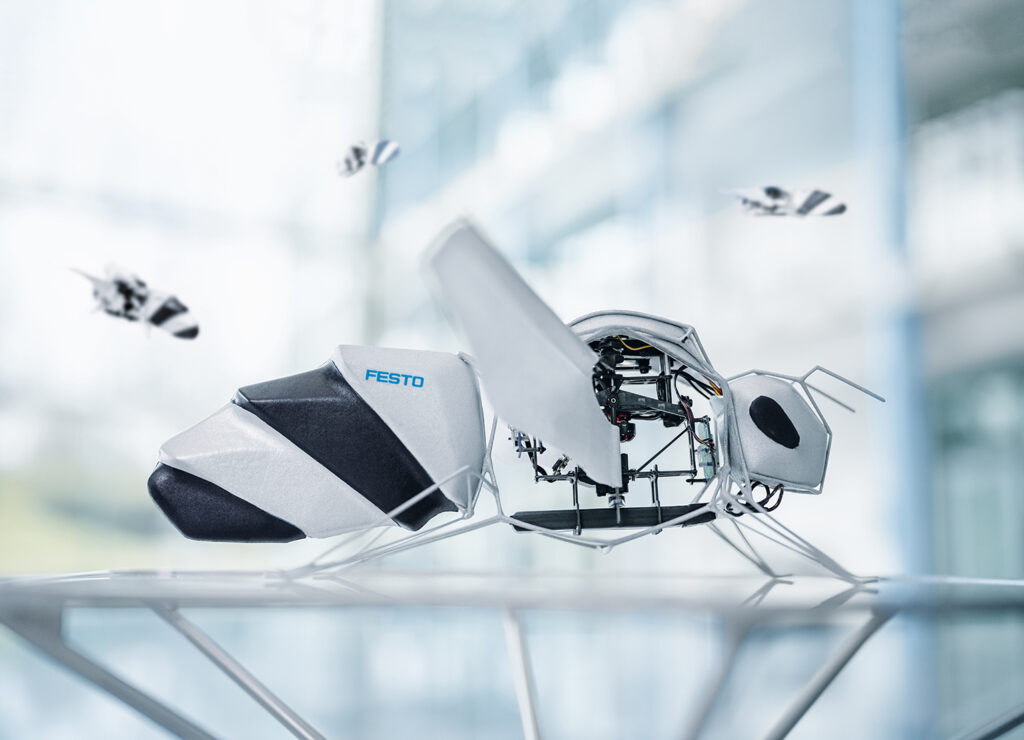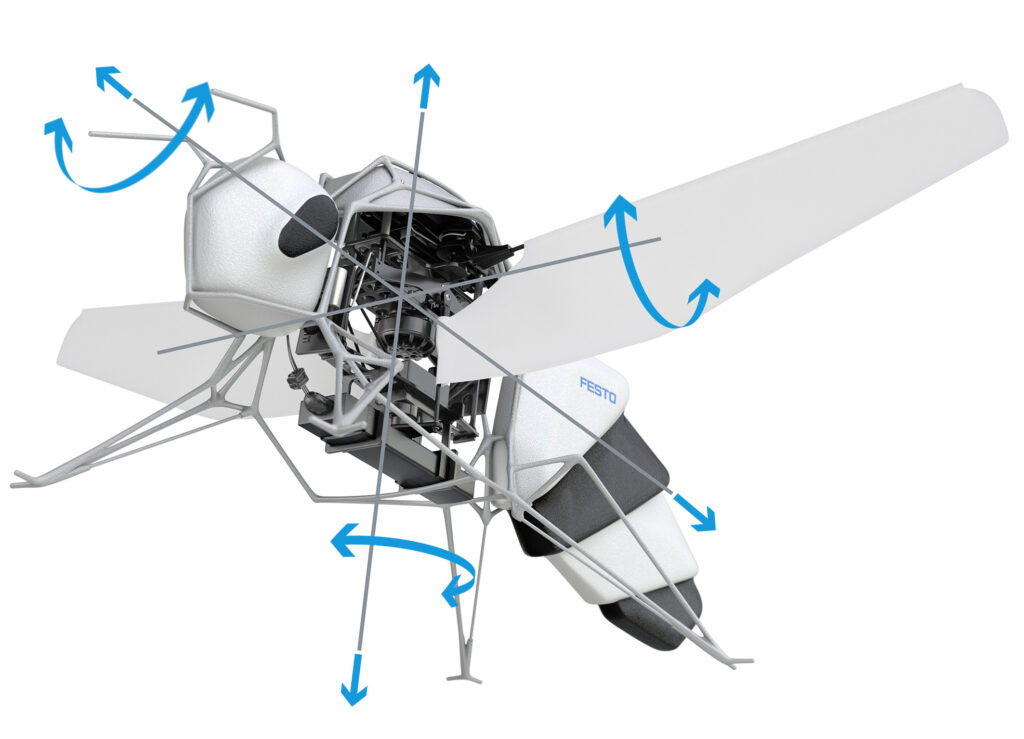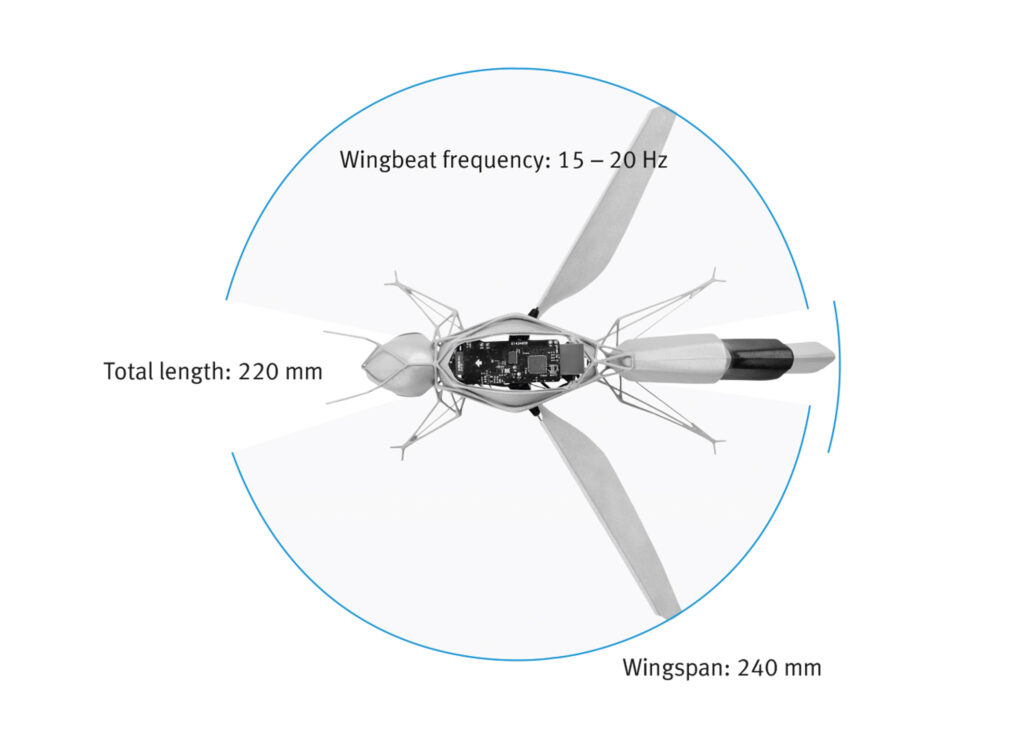Seattle, WA – Crafted for portability, KT2 promotes physical activity through intuitive prompts and interactive games, making it a perfect companion for home and professional settings.
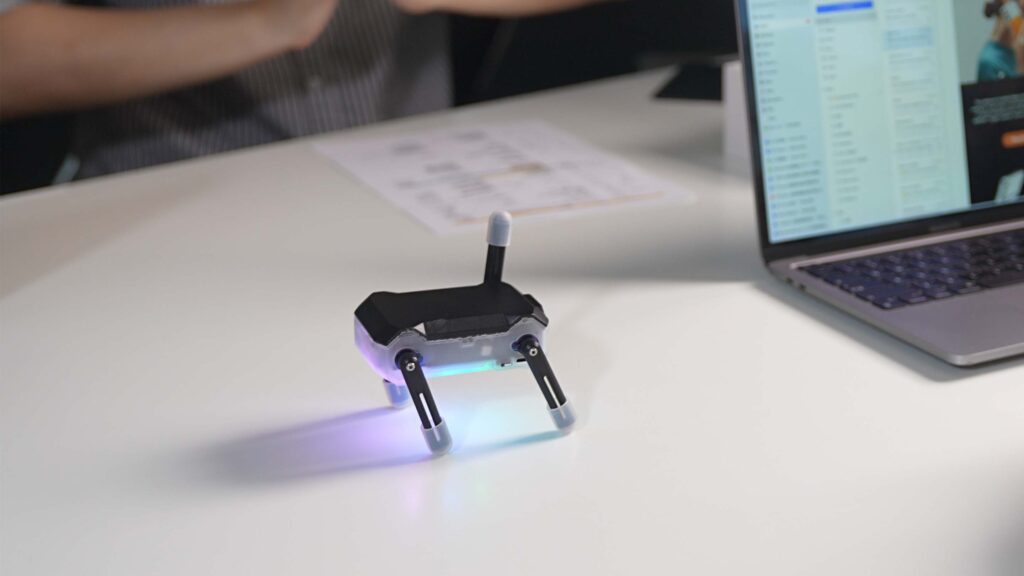
Designed by Seattle based tech company, Wair Living, the In-house robot innovation team KameRobotics have developed a mini-robot that enhances productivity at home, acts as a thoughtful companion, and is a diligent STEM teacher.
„Our KT2 robot prioritizes user privacy and minimalist with its design, featuring no integrated cameras or screen.“ said Qian Li, Founder of Wair and KameRobotics. „We want to ensure a secure interaction environment and more intuitive play via robot action and lighting interaction“.
KT2 Kungfu Turtle is not just a toy but a multifunctional companion for gaming, productivity, and learning. It features acrobatics, physical sparring, and autonomous return functions, supported by a powerful operating system and programmable chipset.
Beyond entertainment, KT2 enhances productivity in home and office environments. It includes a Pomodoro timer for focused work intervals and movement prompts to combat sedentary lifestyles. The modular design allows customization with accessories, transforming KT2 into a unique desk ornament and interactive companion.
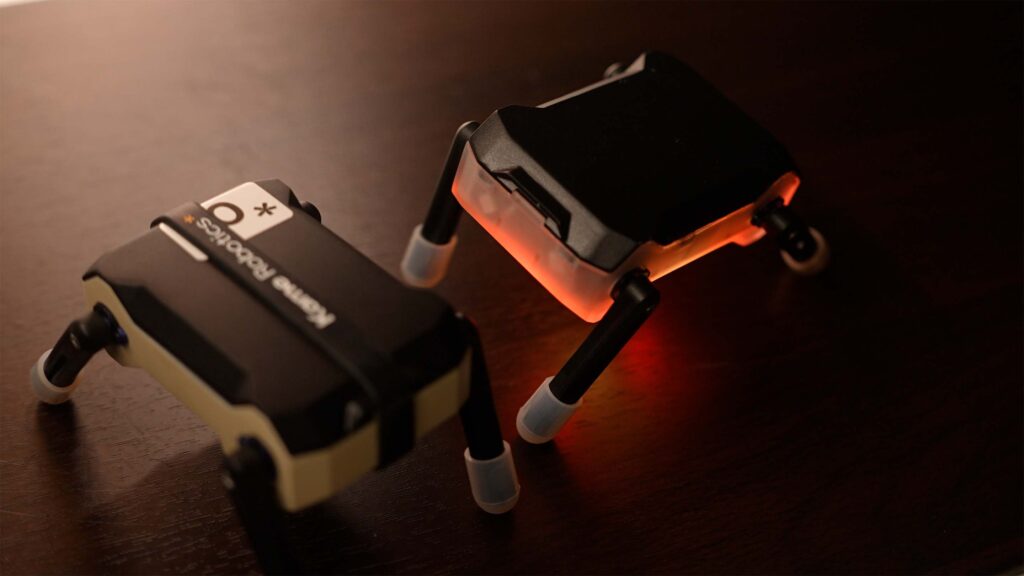
KT2 Kungfu Turtle is looking to raise $10,000 by 23rd August 2024. Early Bird rewards include a KT2 robot, access to 99 pre-installed games for $89, a significant discount from the $159 retail price. Shipping will be worldwide.

